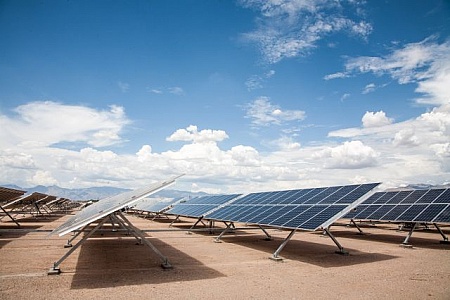In the recent case of Rodney Draughon v. Joycie Johnson, the Texas Supreme Court determined who would bear the burden of proof to negate the “unsound mind” tolling of the statute of limitations for a quiet title lawsuit. A “quiet title” suit is a lawsuit to establish legal title to real property.
The Court summarized the case as this: “In this quiet title action, a person who alleges a mental incapacity seeks to prevent his aunt from evicting him from property he inherited, contending that a deed to the aunt he had signed years earlier is void due to his lack of capacity. The aunt moved for traditional summary judgment based on the statute of limitations, and the nephew invoked the unsound-mind tolling statute. The question before us is whether the aunt had the burden to negate unsound-mind tolling in order to conclusively establish her affirmative defense and obtain summary judgment.”
In 2018, Ms. Johnson filed an eviction petition against Mr. Draughon to evict him from the house where he was living. The Justice of the Peace ordered him to vacate. Mr. Draughon filed a declaratory judgment seeking to quiet title to the property. He claimed he owned the property by inheritance. Ms. Johnson however introduced a 2006 warranty deed that he had signed that conveyed the property to Ms. Johnson. Mr. Draughon claimed he did not have the mental capacity at the time to sign the deed and that Ms. Johnson was aware of his incapacity, so the deed was invalid.




